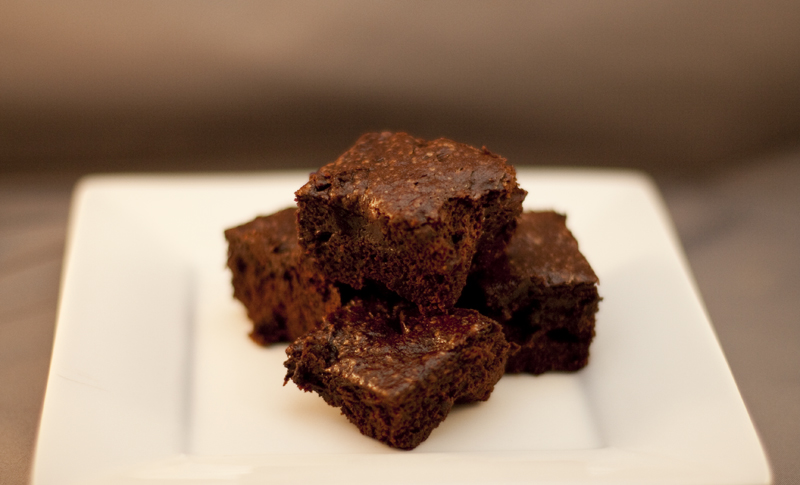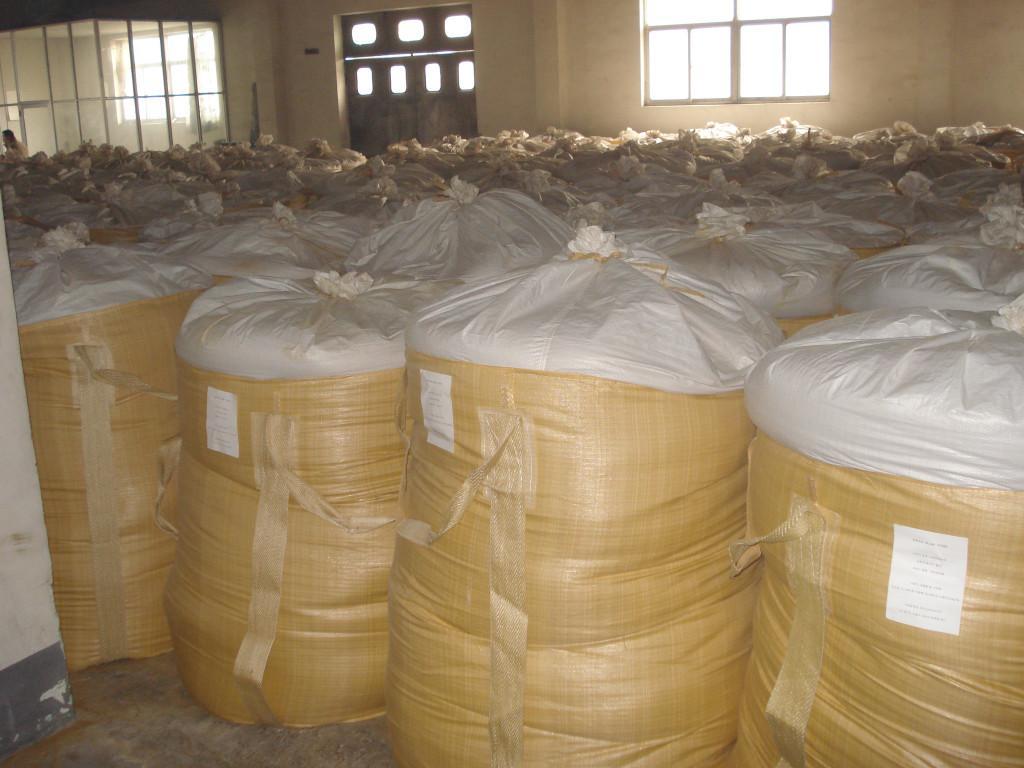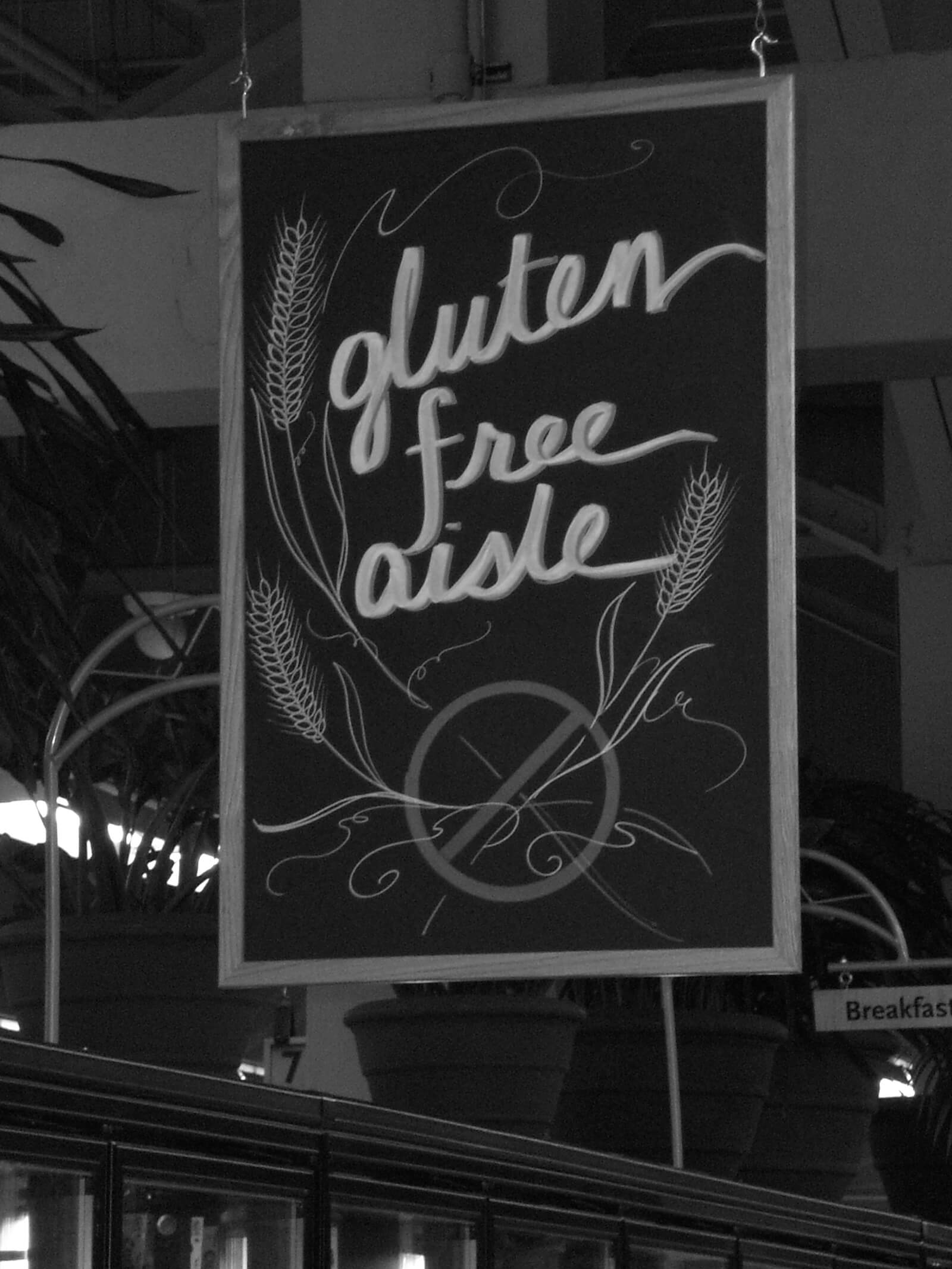I’m done.
I finished my month of being gluten-free (well, to be honest, I went 29 days – a grocery issue on the last day caused me to cut it). The very first day that I went back to eating barley, wheat, and rye based products I loaded-up on a hefty bowl of Post’s Shredded Wheat; exactly the opposite of what I told myself I’d do. I told myself I’d have a simple meal with just a bit of gluten in it (maybe some crackers, or a wheat-thickened sauce). Nope, I went full-on gluten. I was worried I’d feel sick after completely removing something from my diet and then adding it back in a month later in large amounts.
What Happens After Not Eating Gluten?
Turns out, no problem. I felt fine after the cereal and even had a bagel sandwich later that day. Really, I didn’t feel much different aside from a bit more energy (I would assume from the carbs). In summary, it didn’t seem that swapping to gluten-free did much good for me, at least from an apparent, subjective point of view during a month-long period. I lost about 5lbs of weight (from a 6′ 180lb frame), but that could be mostly attributed to a reduction in consumption due to frustration in finding gluten-free foods. It wasn’t as difficult as I might have guessed it would be. I periodically missed bread (especially with someone sitting across from at a restaurant chowing down on the free rolls), but the only true difficulty was wading through the ingredient lists on just about everything before committing to a purchase.
All-in-all, I’d recommend giving it a shot if you think you have some of the more prevalent symptoms, but don’t expect a whole-new-you unless you happen to be gluten-intolerant or have Celiac disease.




